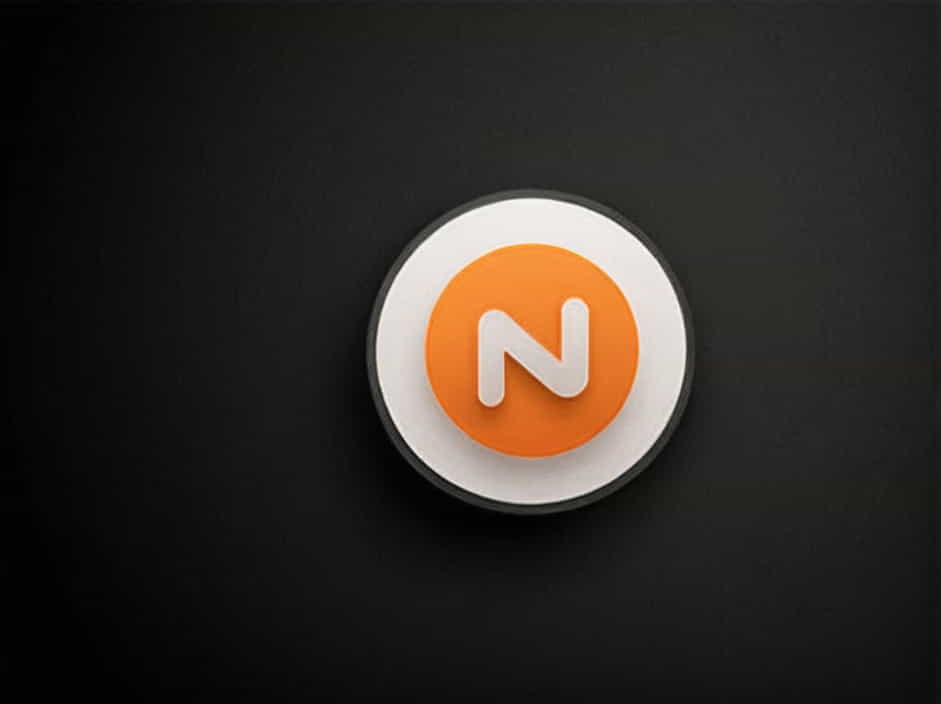A payment receipt is a written document issued by a creditor (such as a business or service provider) to confirm that a debtor has fully settled a financial obligation. This document serves as official proof of payment and typically includes:
- The amount paid
- The date of payment
- The name of the creditor (business or individual receiving payment)
- The name of the debtor (payer)
- Invoice or contract references, if applicable
A payment receipt can be used in various situations, including business transactions, rental payments, loan repayments, and service fees.
Why Are Payment Receipts Important?
1. Legal Proof of Payment
A payment receipt is a legally recognized document that proves a financial transaction has been completed. In case of disputes, it can serve as evidence in legal proceedings.
2. Accounting and Financial Management
Businesses use receipts to track payments and manage their accounts. For tax and auditing purposes, keeping accurate payment records is essential.
3. Consumer Protection
For individuals, a receipt acts as protection against fraudulent claims of non-payment. If a company or landlord disputes a payment, a properly issued receipt can resolve the issue.
Key Elements of a Payment Receipt
For a receipt to be valid and effective, it should contain the following details:
- Receipt Number – A unique identifier for record-keeping.
- Date of Issue – The day the receipt is issued.
- Payer’s Information – Name and contact details of the person making the payment.
- Recipient’s Information – Business or individual receiving the payment.
- Payment Details – Amount paid, payment method (cash, bank transfer, credit card, etc.), and purpose of payment.
- Signature and Stamp – In some cases, a signature or company stamp may be required for validation.
How Long Should You Keep Payment Receipts?
The recommended duration for keeping payment receipts varies depending on the type of transaction:
- Personal Purchases: 1-3 years (for warranty or returns)
- Tax-Related Transactions: At least 5-7 years (in case of audits)
- Real Estate and Loan Payments: Indefinitely, to avoid future disputes
- Business Transactions: 3-10 years, depending on local tax laws
Digital vs. Paper Receipts
With advancements in technology, many businesses now issue digital receipts via email or electronic payment systems. These have several advantages over paper receipts:
- Easier storage and organization
- Environmentally friendly (reduces paper waste)
- Less risk of loss or damage
However, for legal and tax purposes, it’s always a good idea to back up digital receipts or print important ones when necessary.
Best Practices for Issuing and Keeping Payment Receipts
For Businesses:
- Always issue a receipt after receiving payment.
- Ensure the receipt contains all necessary details.
- Maintain an organized record of receipts for easy retrieval.
- Use electronic receipt systems for efficiency and security.
For Consumers:
- Request a receipt for every significant transaction.
- Verify the details on the receipt before leaving.
- Store receipts safely in a physical or digital format.
- Keep receipts for major purchases, tax payments, and loan settlements.
A payment receipt is more than just a piece of paper; it is an essential financial document that protects both businesses and consumers. Whether for legal purposes, accounting, or financial management, keeping and organizing receipts can save time and prevent future disputes.
By understanding how to issue, store, and use payment receipts effectively, individuals and businesses can maintain better financial security and organization.
